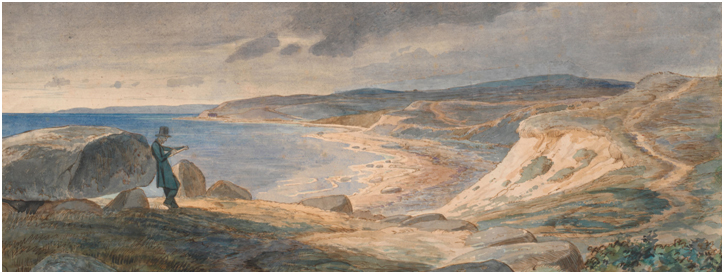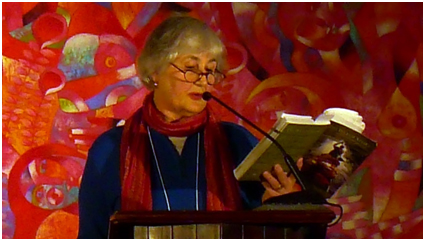
In every work of art something appears that does not previously exist, and so, by default, you work from what you know to what you don’t know. – Ann Hamilton
A writer is a pioneer who begins with something known and then embarks on a journey to the unknown.
Unlike other pursuits, we are expected to create something that never existed before – both a frightening and an exhilarating adventure. I have remarked in my writing workshops that Fiction is emotional autobiography or disguised autobiography. My recent book, East & West: Stories of India is being marketed by my publisher as a work of fiction, short stories. Though this is true, it is more accurate to say that most of the 15 short stories have a small kernel of fact that is planted, nourished by the imagination and flowers into what is called fiction.
The best writing always carries an imprint of the one who has written it. In my award-winning play, The Women of Cedar Creek, though the drama’s starting point and prototypes are three generations of the actual feminine members of my own family, I pushed both character and story to extremes, leaving far behind the bare facts of my own family’s history. In my play & musical, Calamity Jane (not the Doris Day version) which has had several productions, beginning in New York, and throughout America. Being a direct descendant of the frontier hero, Davy Crockett, added to my identification with both the characters and the historical period. In this way, some part of myself fueled the engine of this play.
Sometimes story ideas arise from what happens to us in our own lives. Even if they don’t, they usually connect with something felt within. My first long play, On the Edge, was about Virginia Woolf. I was still acting then and had been cast to play Virginia Woolf in the comedy, An Evening in Bloomsbury by Victoria Sullivan, produced off-Broadway in New York. Naturally I began reading everything I could find by and about Woolf in order to better portray the character. Long after the play closed, however, I was still reading about her. Then one day I just sat down and started writing a drama about her struggle with madness in a world gone mad (WW II) — a story far removed from my life as a baby boomer raised in New Orleans and Texas. Also, I had long been fascinated by the razor’s edge between creative genius and madness: Van Gogh, Nijinsky, and Virginia Woolf walked this line, to name a few. So, this was the theme I chose to explore through her life. Virginia (later titled On the Edge). The play had the good fortune to be directed by the legendary Broadway director, Harold Clurman (who directed the plays of Eugene O’Neill and Tennessee Williams). The play went on to win the National Endowment for the Arts, but the real reward was the emotional response from the audience. Here’s one example. After one evening’s performance, an older woman, born in Europe, approached me in a highly emotional state. She expressed how grateful she was that I had written of the Krystal Nacht incident in my play. Tears filled her eyes as she held my hand tightly, and said simply, “I was there. I was there.” A surprise came when friends would come up after a performance of the play and remark how it reminded them of me. “It’s so you,” they would say. I was puzzled. Wasn’t this a play about British novelist Virginia Woolf? Then slowly I realized that though the facts of the story were quite removed from my own life, the emotional content was in some ways parallel. In other words, the story dealt with themes I felt strongly about—something friends would notice, even if the playwright did not!
The Myth of Annie Beckman, set in the 1970s, written in the 1980s, was my angry woman’s play. I had finally opted to end a 19-year marriage. Reflecting on the projections of men and women upon one another and how they often become a destructive force, resulted in this play.
So, the moral of this article is to Dare to be Personal. It takes a certain amount of courage to write, especially to write from the deepest part of ourself and our own history – bother personal and collective. As writers, we are pioneers and dare to march into the unknown of where our own history, feelings, and wounds will take us.
Even when writing about well-known historical figures like Calamity Jane or Virginia Woolf, I still had to make their journey my own, re-discovering the story through myself. Perhaps this is why, from the beginning of time, we have been irresistibly drawn to stories and plays. Each time we step into the world of a character upon the stage or in film, our own lives are mirrored while gaining more color and dimension. If my creations of Virginia Woolf, Calamity Jane, the Women of Cedar Creek, and Annie Beckman enrich the lives of those who meet them, they will have fulfilled their purpose – and I will have fulfilled mine.

For writing consultations, psychic readings, or workshop schedule, https://wayofstory.com

